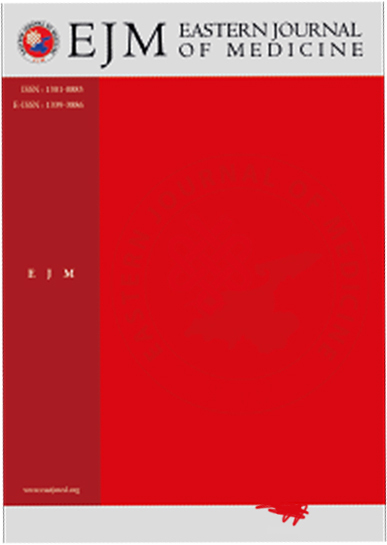Results of Continence Protective Levator Ani Urethral Suspension and Rhabdosphincter Remodeling Anastomosis Method in Radical Retropubic Prostatectomy
Emre Altıntaş, Ali Furkan Batur, Murat Gül, Mehmet Kaynar, Özcan KILIÇ, Serdar GöktaşSelcuk University, Faculty of Medicine, Konya, TurkeyINTRODUCTION: Radical prostatectomy is the gold standard method in the treatment of prostate cancer, one of the most common cancers in men. However, incontinence that may occur after radical prostatectomy significantly affects the quality of life of patients. Although many factors play a role in postoperative incontinence, the surgical method plays an important role. In our study, we aimed to investigate the effect of the urethral anastomosis method using levator ani muscle and rhabdosphincter remodeling method on continence in radical prostatectomy.
METHODS: We included 140 patients who underwent radical prostatectomy. Patients with and without postoperative urinary incontinence were compared in terms of ISUP grade, age, PSA, prostate volume, capsular invasion, seminal vesicle invasion and positive surgical margin.
RESULTS: Capsular invasion and seminal vesicle invasion were significantly higher in the group with urinary incontinence at the third, sixth and 12th postoperative months (p<0.001 and p<0.001). Continence rate was 71% at the third month, 87% at the sixth month and 91% at the 12th month.
DISCUSSION AND CONCLUSION: Incontinence after radical prostatectomy is an important problem for patients. In our study, we demonstrated the importance of levator ani and rhabdosphincter and urethral anastomosis in providing postoperative continence. The importance of this issue will be better understood in future studies.
Manuscript Language: English














